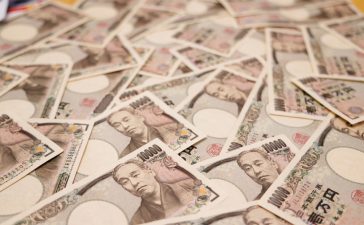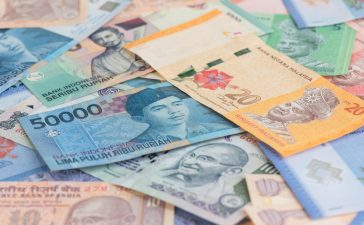Regional currencies saw a measure of profit taking after a strong run-up in the past two sessions, as markets priced in speculations that the Federal Reserve was done hiking interest rates
Most Asian currencies moved little on Wednesday, while the dollar stemmed recent declines after the minutes of the Fed’s late-October meeting restated the bank’s outlook on higher-for-longer interest rates.
Regional currencies saw a measure of profit taking after a strong run-up in the past two sessions, as markets priced in speculations that the Federal Reserve was done hiking interest rates.
But Tuesday’s minutes cast some doubt over when the central bank will begin cutting interest rates, given that most Fed officials have also repeatedly indicated higher-for-longer rates.
The Chinese yuan, which was one of the best-performing Asian units this week, traded sideways at 7.1386 to the dollar. The currency was strengthened by a number of stronger-than-expected midpoint fixes from the People’s Bank of China, as well as reports that Beijing was planning to roll out more stimulus measures, especially for the troubled property sector.
The Japanese yen steadied near 148.20 to the dollar, after firming sharply against the greenback over the past week. The prospect of no more Fed rate hikes was a big boost to the yen, which had been battered by a increasing rift between U.S. and Japanese interest rates.
But the outlook for the yen remained clouded by uncertainty over a dovish Bank of Japan, which has so far indicated few changes to its ultra-loose stance.
The Australian dollar dropped marginally after reaching over three-month highs in the previous session. Reserve Bank of Australia Governor Michele Bullock warned that inflation in the country remained resilient- a trend that could attract more rate hikes in the coming months.
Among other Asian currencies, the South Korean won added 0.1 per cent, while the Singapore dollar was flat even as data showed the country’s economy grew marginally more than initially expected in Q3. But growth still remained largely laggard, amid pressure from weakness in China, high inflation and tighter monetary conditions.
The Indian rupee traded sideways, while the Indonesian rupiah led losses across Southeast Asia with a 0.4 per cent drop.
The dollar index and dollar index futures were flat in Asian trade on Wednesday, steadying after dropping to near three-month lows earlier in the week. Growing hopes of no more Fed rate hikes hit the greenback with a series of selling.





